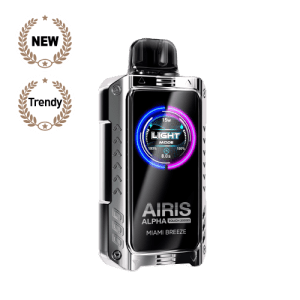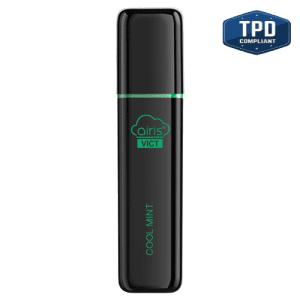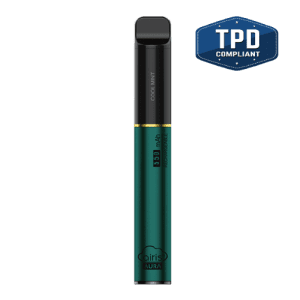Introduction:
In today’s society, there’s a lot of buzz around vaping, especially with 5% nicotine disposable vape. For smokers, understanding how much nicotine they’re getting from one puff of a 5% disposable vape compared to a cigarette is crucial. This blog aims to break down the nicotine intake differences between vaping and smoking.
Let’s start by understanding nicotine concentration. When you look at vape juice, you’ll see a prominently displayed percentage, like “5%.” That’s the nicotine concentration—the amount of nicotine in the liquid. For example, 5% vape juice means 5% nicotine in the total volume, which translates to 50 milligrams of nicotine per milliliter of liquid.

Now, in traditional cigarettes, nicotine content varies by brand and type, usually ranging from 1 to 2 milligrams. So, if someone gets 1 milligram of nicotine from a cigarette, taking a puff from a 5% disposable vape would be roughly equivalent to inhaling 0.25 milligrams of nicotine. Simply put, the percentage indicates the total nicotine content in vape liquid, but it doesn’t directly convert into what your body absorbs during use. There are many other factors at play.
Trying to equate a certain amount of vaping to smoking is challenging due to real-world variations in vaping and smoking habits.
For instance, individual vaping behaviors vary widely—from how long and how hard you draw on the device to how often you puff. Plus, not all devices deliver nicotine equally; there are differences in filters, tobacco processing methods, and more with traditional cigarettes.
Similarly, smoking style affects nicotine absorption. Quick, shallow puffs yield less nicotine than slow, deep draws. Compared to direct lung inhales, mouth-to-lung smoking restricts nicotine intake. Other user behaviors, like the number of cigarettes smoked per day, also impact overall consumption.

Essentially, the concept of an “equivalent puff” is limited due to individual differences. Two people using the exact same product may experience vastly different nicotine exposures based on their vaping or smoking tendencies.
Regarding health effects and misconceptions, there’s a lot of confusion about vaping versus smoking. While early research suggests that vaping exposes users to fewer carcinogens and toxins compared to combustible tobacco, the long-term effects are still under investigation. However, the belief that vaping is harmless is certainly a misconception. Vaping nicotine still carries risks like increased blood pressure, elevated heart rate, and respiratory irritation, especially for those with conditions like asthma.
Ultimately, while vaping may offer current adult smokers a potentially harm-reduced alternative, it’s not without risks. Comparing nicotine intake from vaping to smoking requires understanding the facts and dispelling common myths.
For smokers considering the switch to vaping, carefully assessing your nicotine needs is crucial. Vaping provides a technology-driven pathway away from combustible tobacco, but quitting smoking requires a thoughtful approach.
Analyzing your current smoking situation to estimate your current nicotine intake is essential. How many cigarettes do you smoke per day? How many puffs on average per cigarette? This establishes your baseline nicotine exposure.
Starting with vape juice nicotine concentrations and vaping habits similar to your smoking habits can ease the transition. For example, longer/deeper cigarette puffs translate to similarly timed direct lung inhales with vaping, Continuously adjusting. Monitor your vaping habits to maintain overall nicotine satisfaction consistent with your initial smoking level.







